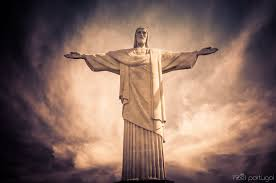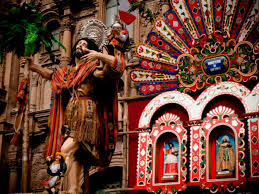Had a good night
sleeping until 5am, not as cold or windy this morning. I feel good. The temp is 10 degrees and my BGL is 4.4
Tim has at last
bought himself a new box trailer, I hope he is happy with it.
I am guessing how
many steps I am doing each day as the pedometer isn’t working right. I know
that 10 minutes on the powerfit is about 300 steps, and I am using it 3 or 4
times a day.
I am in a foul
mood, and I don’t know why. I want to cry and lash out at people. My mood
improved a tad after I ate something.
Steps 1,998 I am
making a guesstimate at the number of steps, I know that 10 minutes on the
powerfit gave me 300 steps and I use it 4 times a day now.
Had another
terrible night and couldn’t settle, with the jerky movements in my upper body.
Tossing and turning and just feeling horrible.
I thought
about getting up at 5am, taking my meds and going back to bed but no I got and
stayed up.
The temp is 4
degrees and my BGL 3.3
Around 10.30 I
saw Tim walking down the driveway he is here till around 12.30
Made a grill cheese thing on a
tortilla thing didn't like it only ate a small bit less than a quarter, so no
lunch for me today, instead I had some ice cream with milo.
Steps: 2,4972
actual reading
Had another not so good
night the cause was less to do with than tossing and turning, although that
played a part. However, after getting up and using the Powerfit for 20 minutes
that part settled.
What came next was in some ways more frustrating,
I started to shiver and could not stop, it didn’t feel like an internal tremor
but more like I was cold. I was, however, in a nice warm bed, I was even
shivering in my dreams.
At 4.50am I got up, turned the heaters on and got
ready to start my day, it was while having my wash that I started to wonder
what my BGL was, it was 3.9. So maybe that was part of the reason I was
shivering. After eating the shivering settled down.
The temp is 6 degrees.
Tim didn’t start work till 1.30pm so it will be
around 7.30pm before he gets home.
Steps: 2,815 actual reading
Had a good night, woke only
once to pee that I can remember.
The temp is only 5 degrees
and my BGL is 4.5.
At 8.30am Tim came out and
said he had a doctor’s appointment at 9.30am as the surgery just rang saying
they wanted to see him. He wanted me to go with him.
He has been diagnosed with
diabetes and is on tablets and insulin. He must inform work and Transport NSW
and is worried about it will affect his job. I said if keeps track of his BGL’s
and takes the medication he should be ok, and the doctor said the same thing.
He keeps saying it is hard
for him to get his head around.
Going out this morning threw
me out of whack, I didn’t do a blog post due to that.
Steps 3,139 Actual reading
MICHEAL’S BIRTHDAY
Had another rough night, from the time I went to
bed till 2.30am my body only wanted to dose on and off no good quality sleep.
At around 1.45am I got up and decided to use the powerfit for 20 minutes which
turned into 40 minutes and that helped. When I went back to bed, I slept till
5am without issue.
Sent Michael a birthday text. It is only 6 degrees
this morning and my BGL is 4.5.
Tim has a late start today
he will leave here at 5.30pm and it will be around midnight when he gets home,
tomorrow is the same.
Looks like my pedometer is
working fine again, I check it by counting in my head 30 steps and comparing it
to what the device says, and it is spot on.
Steps:3,620
I slept
straight though the night, in fact I was sitting on the side of the bed waiting
for the alarm to go so I could take my tablet and doing something on my phone
when I dropped the phone I had nodded off, thankfully that’s when the alarm
went.
The temp this
morning 9 degrees, it is raining and my BGL was 4.5
It is also
raining but it is supposed to stop around 7.45 according to my weather app. It
did stop raining and I was able to go up with Sam, who forgot to take their
medication.
Went to the
podiatrist all is good with my feet, Sue drove me.
I am having a
not so good afternoon and just feel like everything is going wrong.
Steps: 3,254
I slept all night again
waking with the alarm, and to sound of rain. It is it
Tim had gone to get petrol
and cash in empty bottles, I was going to go with him, but he said he may be
gone up to 2 hours, so I didn’t go.
Tim and I were watching TV
and around 3.30pm he got the heater and turned it on, so I have been hot since 4pm.
My pedometer isn’t working right,
and I think it might have something to do with the pants I am wearing, we will
see what happens tomorrow. As I always check the counter before using the
powerfit I know that 10 minutes equals 300 steps so when I use the powerfit and
the counter only goes up 10 steps I make a note of it and add them to the end
of days steps this is how I get my guesstimate.
Steps: 3,001 guesstimates







































